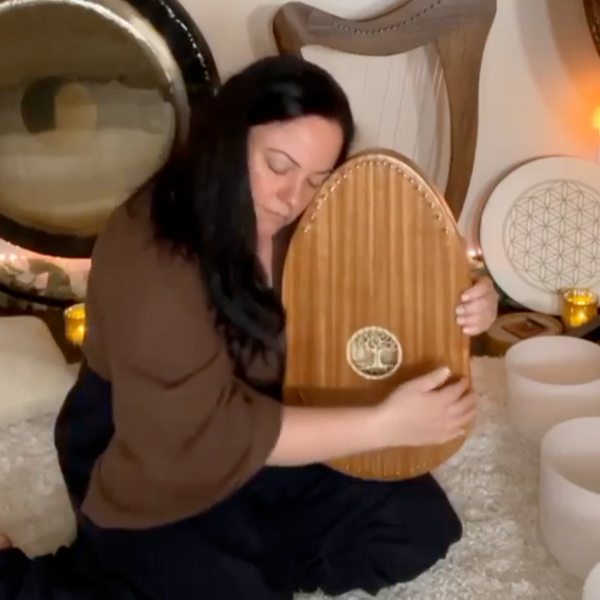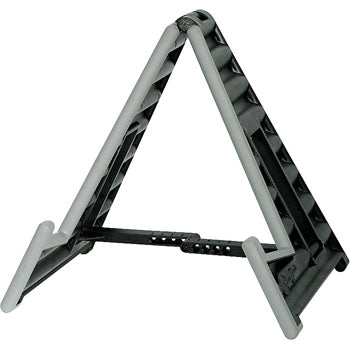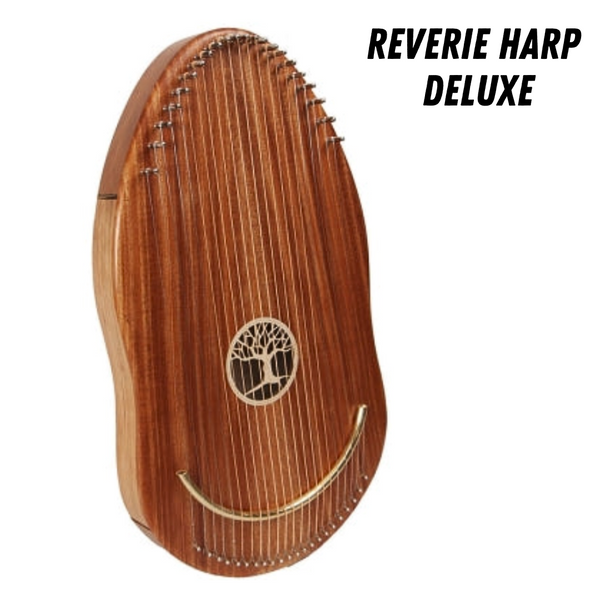Reverie Harp
Developed by MusicMakers in Stillwater, MN in collaboration with Australian music thanatologist Peter Roberts, the Reverie Harp is a wonderful string instrument for sound healing and relaxation.
The Reverie Harp special features:
- Beautiful shape is inviting - everyone wants to hold this instrument
- Lightweight and comfortable to hold for even the most frail individuals
- Pentatonic tuning means there is simply no wrong way to play this instrument
- Players love feeling the vibrations through the wood
All models of the Reverie Harp come with a carrying case for easy travel for the player on the go. Optional items, but *highly* recommended, are an electronic tuner and portable folding stand!
Learn
Our 'Learn to Play Reverie Harp' Mini Course gives you the basic fundamentals to begin playing and incorporating your new Reverie Harp much faster than experimenting on your own. Discover great techniques and approaches to help you start exploring right away and expand your skills over time.
Select the option "YES add the Mini Course!" from the drop down options to be enrolled in the pre-recorded course. We will send you the access link to the course after purchase.
Shipping Time
Reverie Harps ship directly to you from the makers in Minnesota in approximately 4-6 weeks from time of order. Shipping times can vary depending on the number of harps in each handcrafted batch.
















